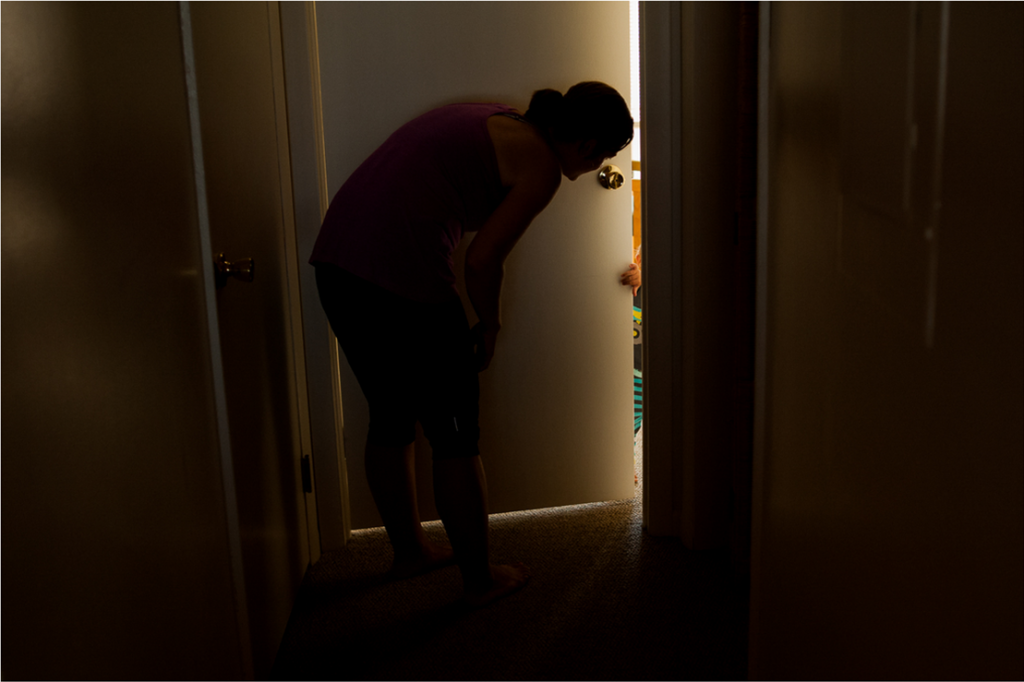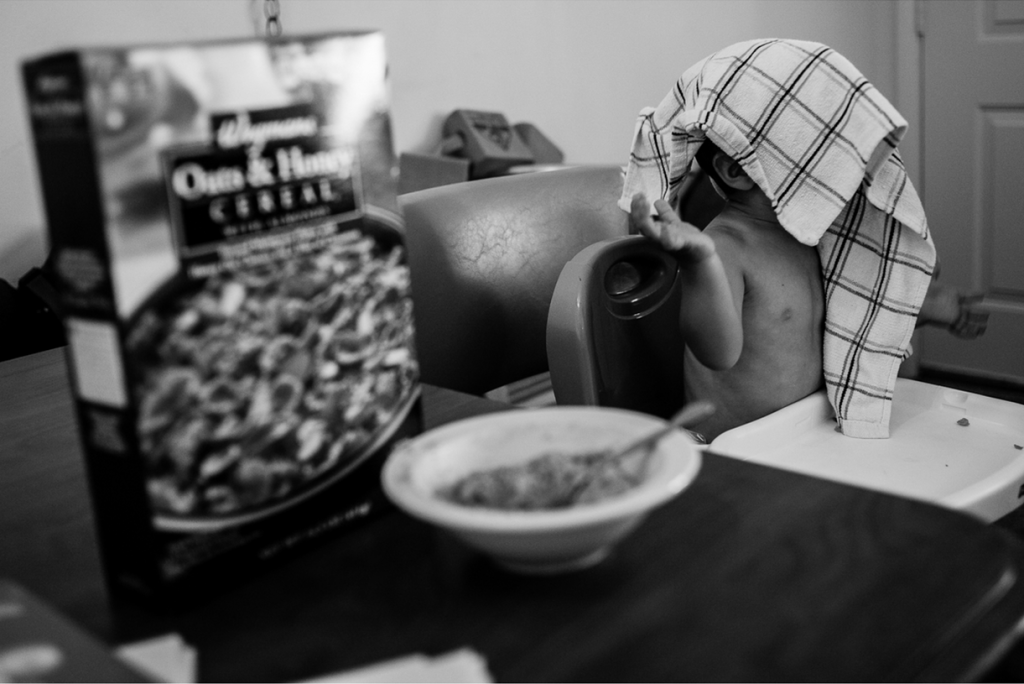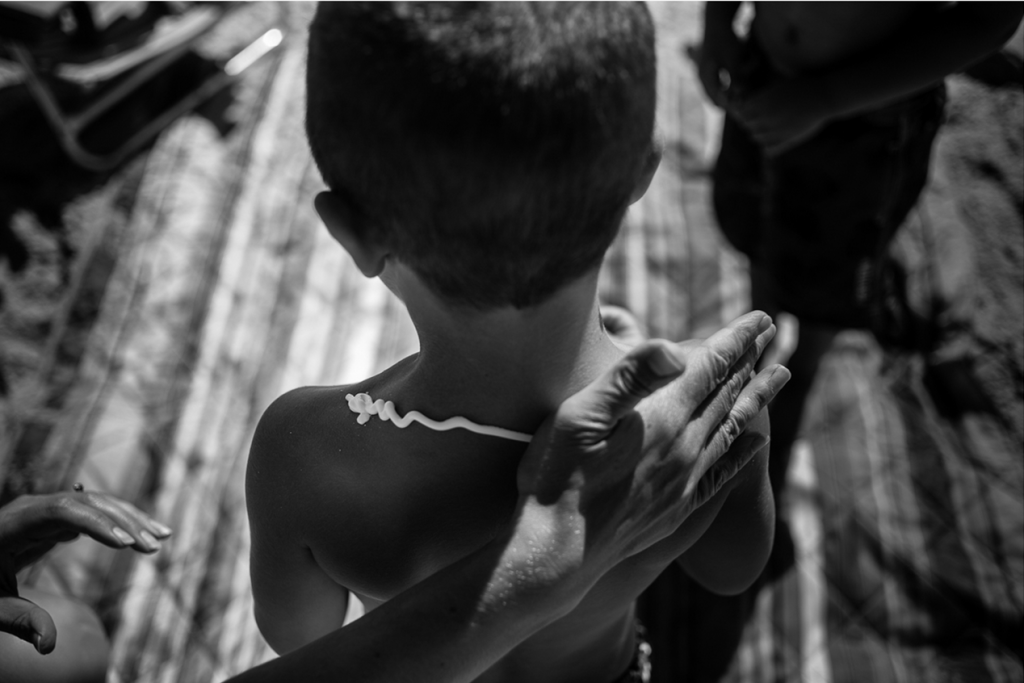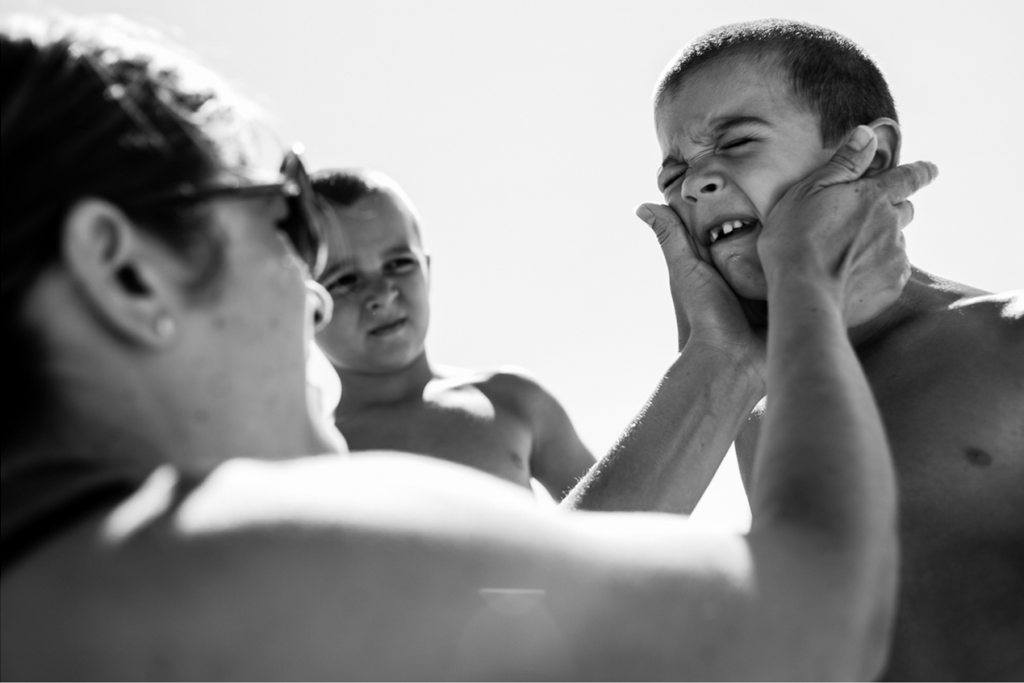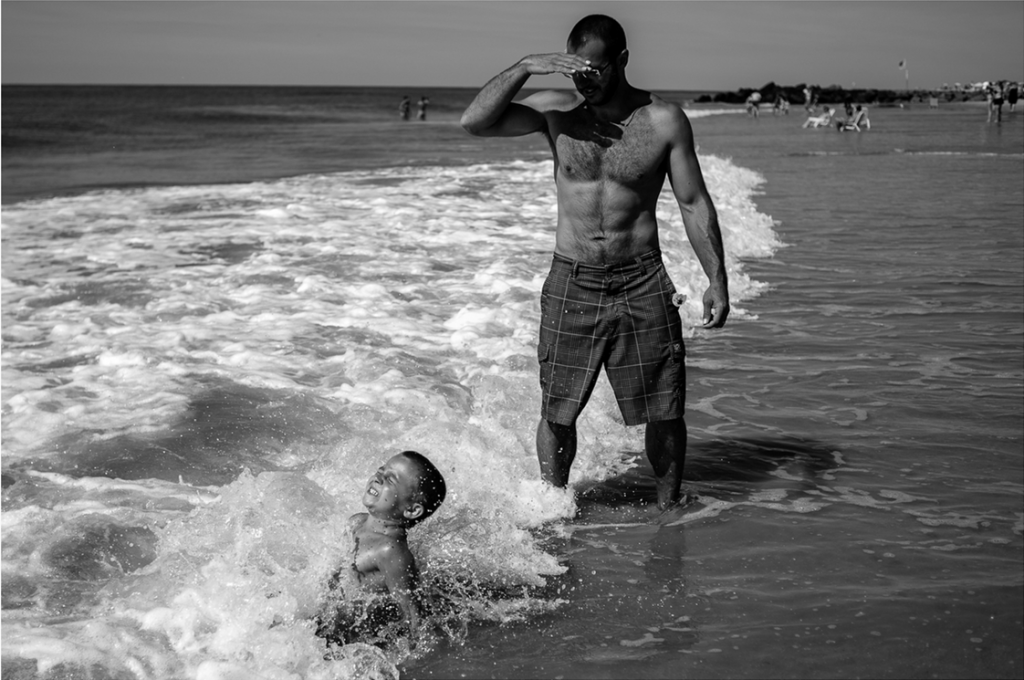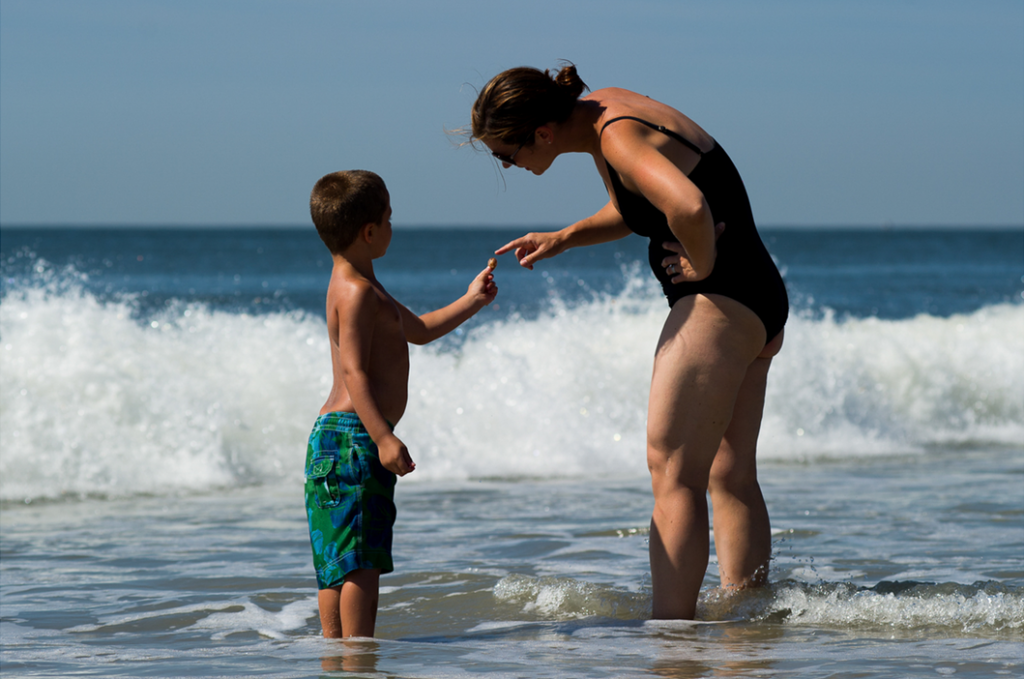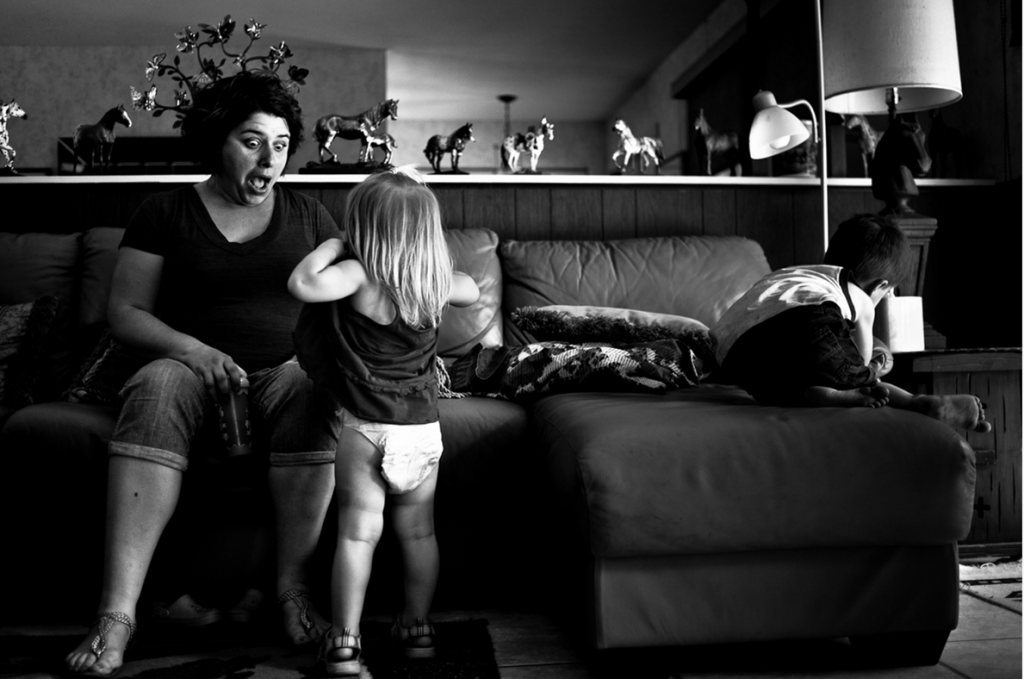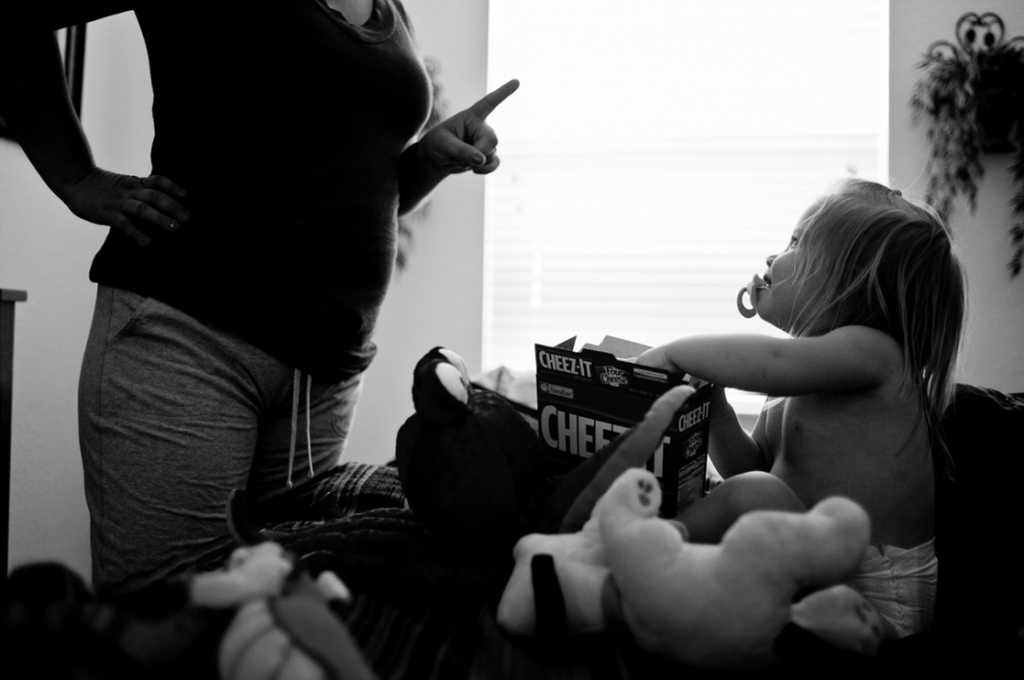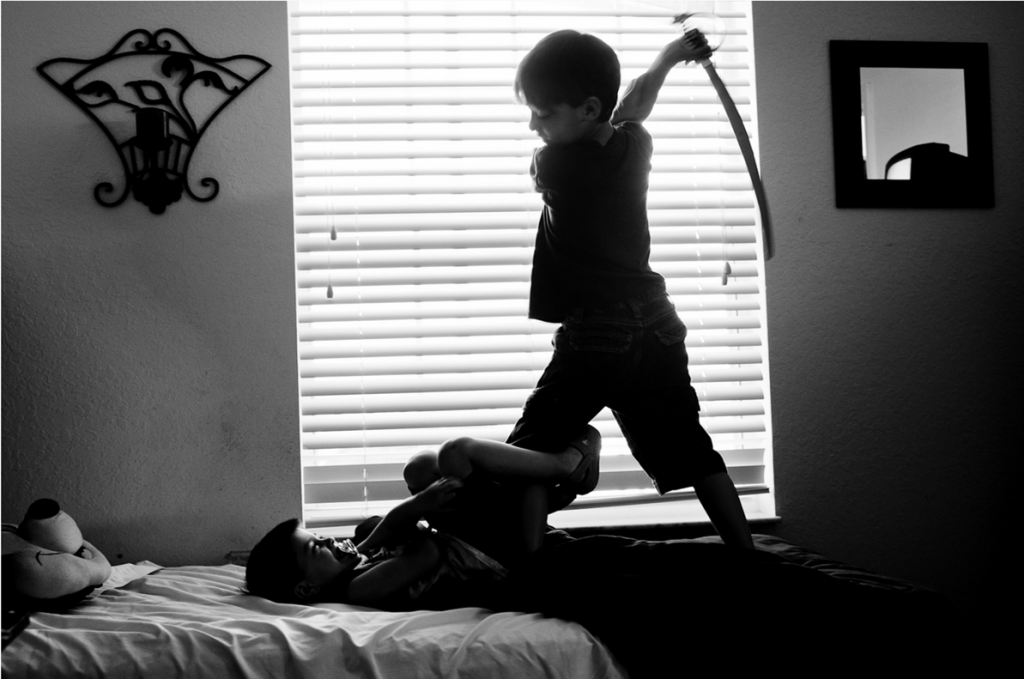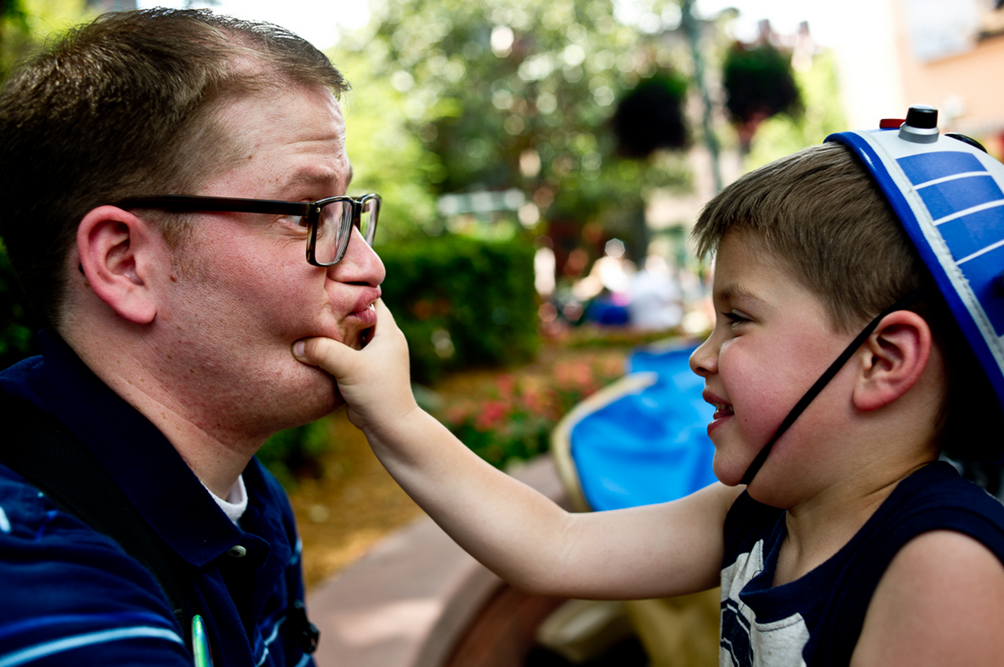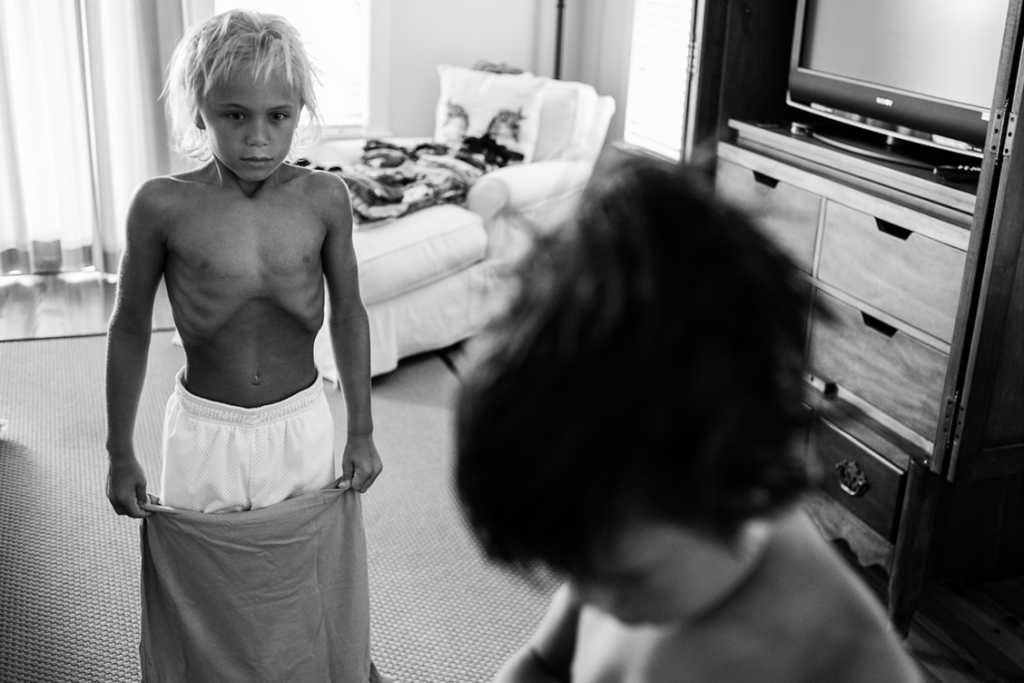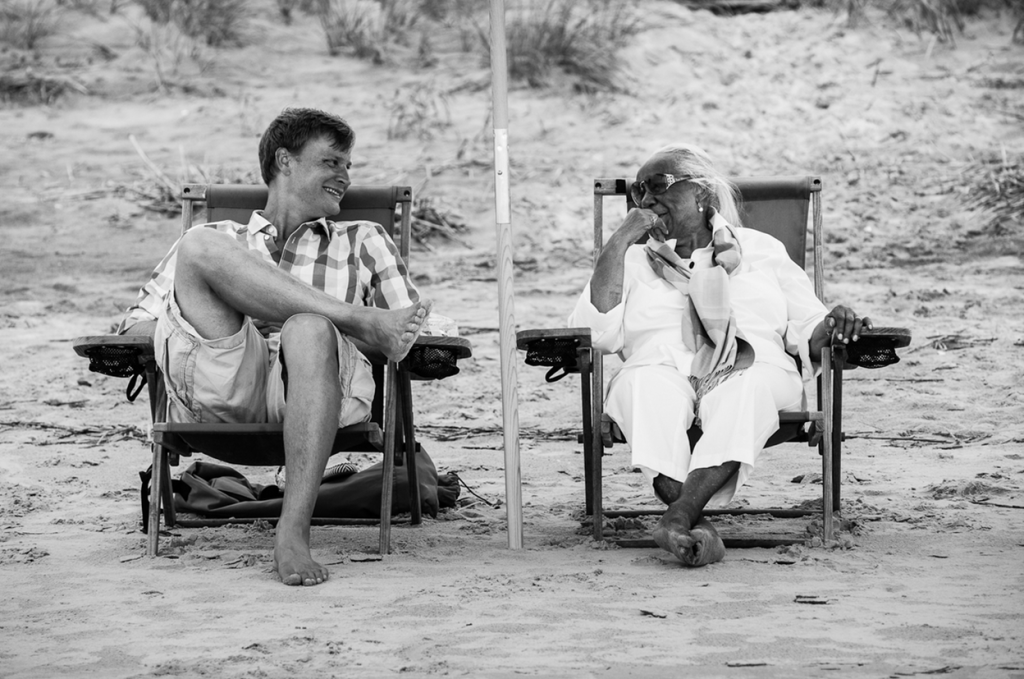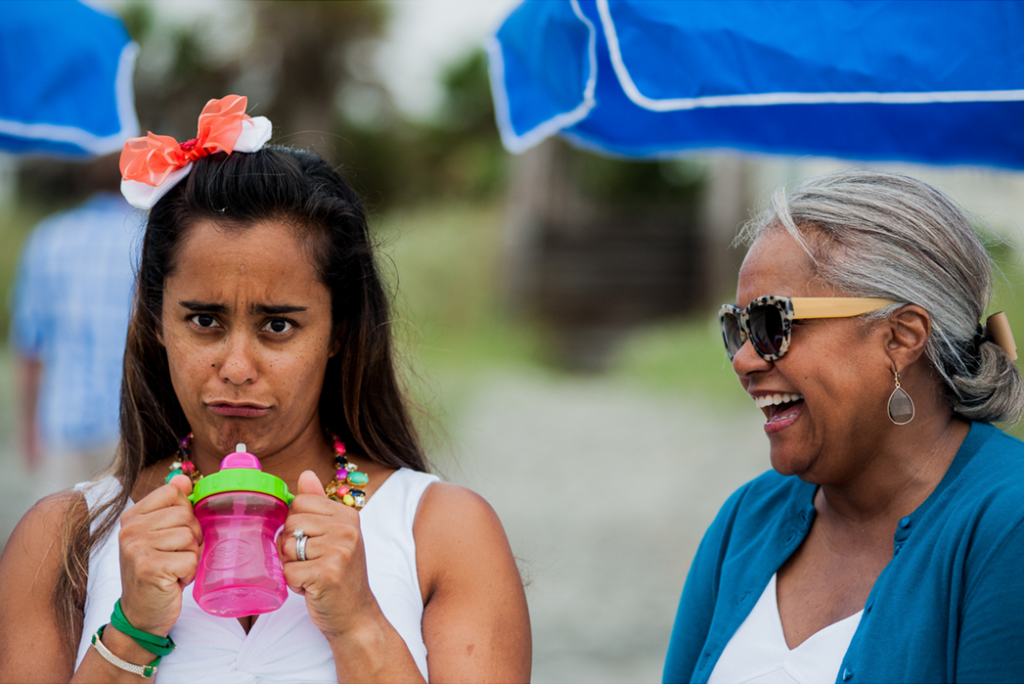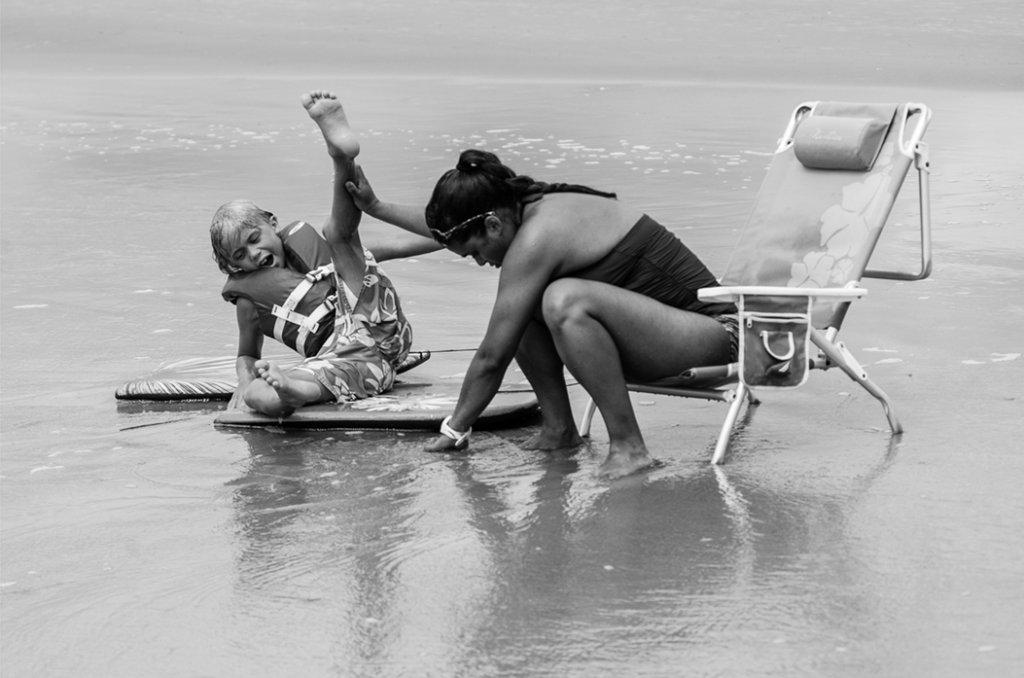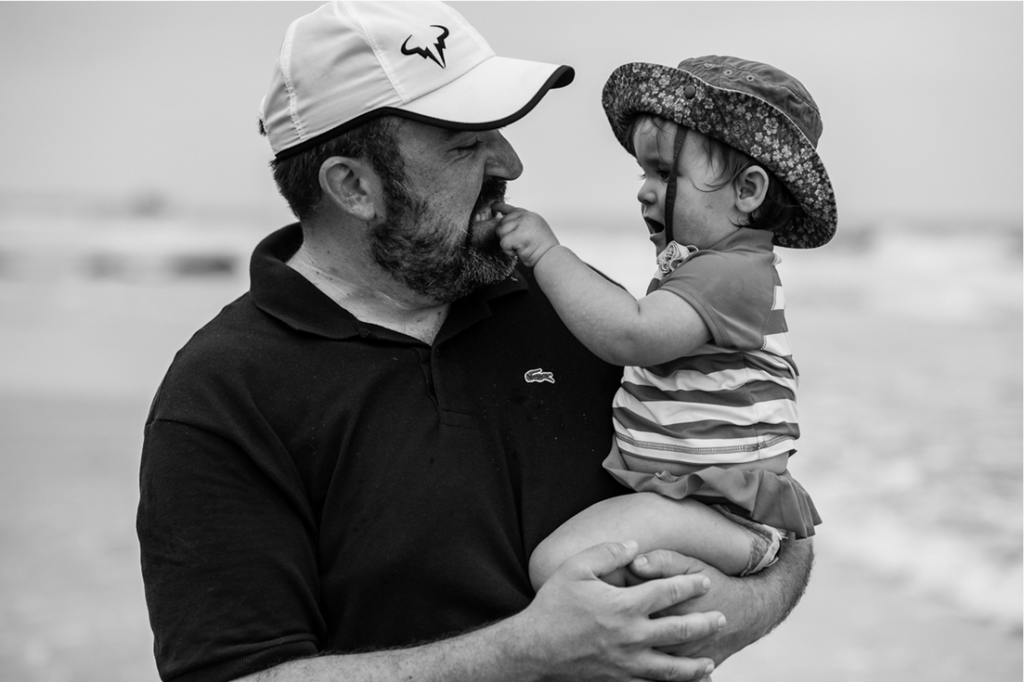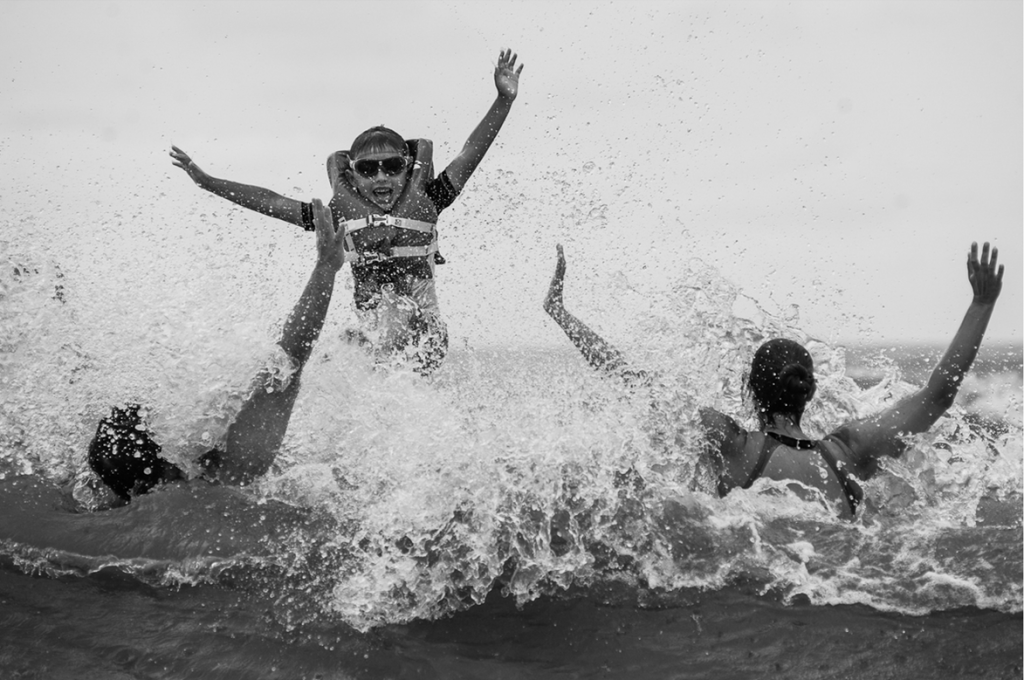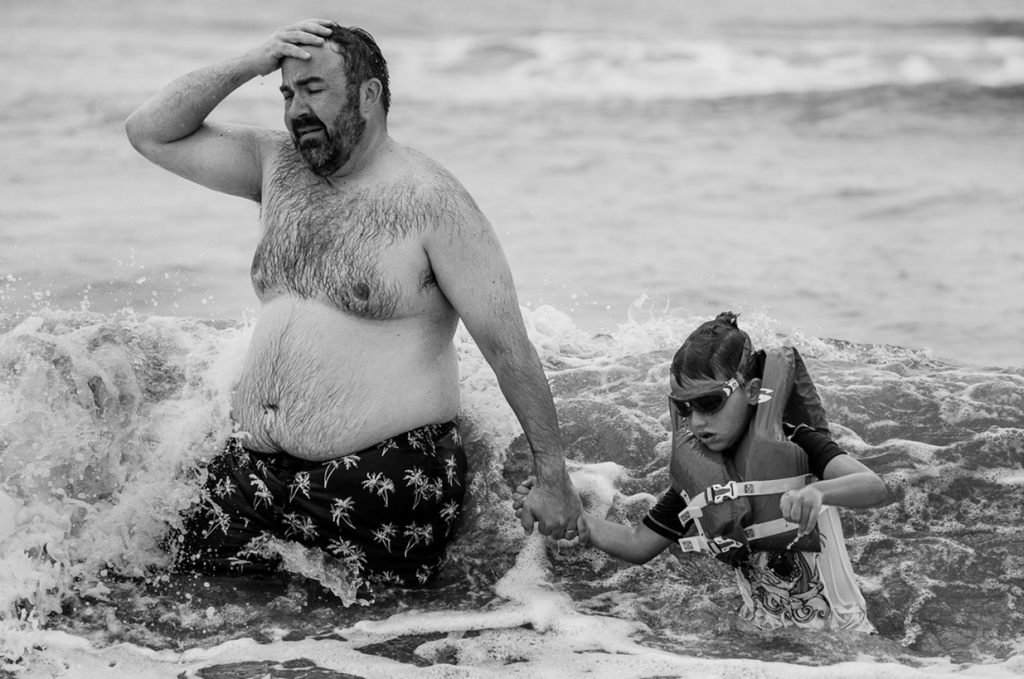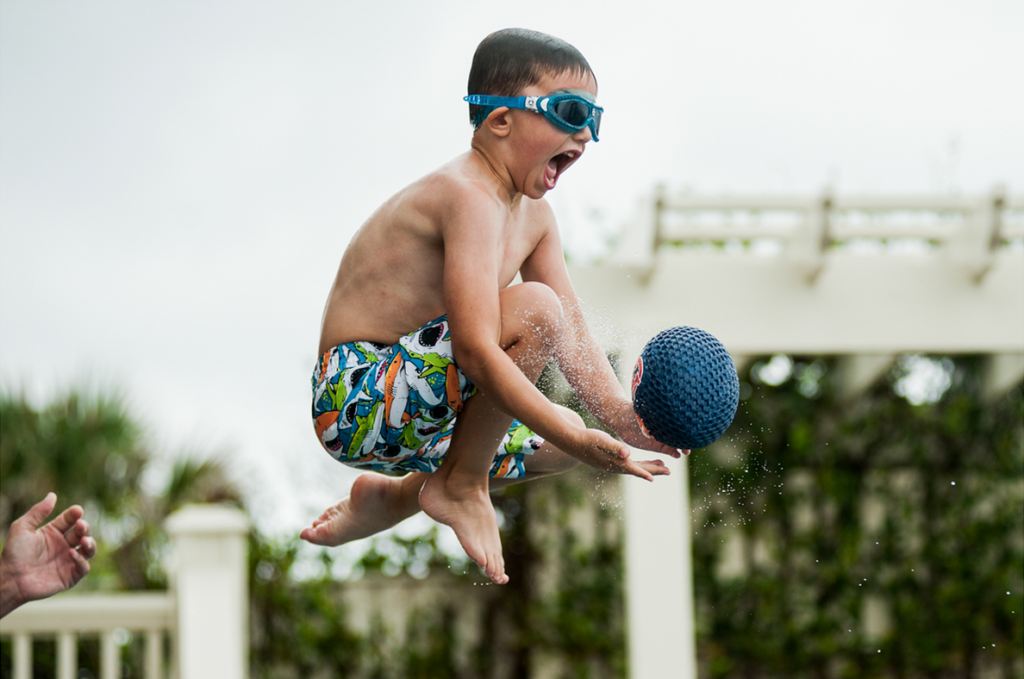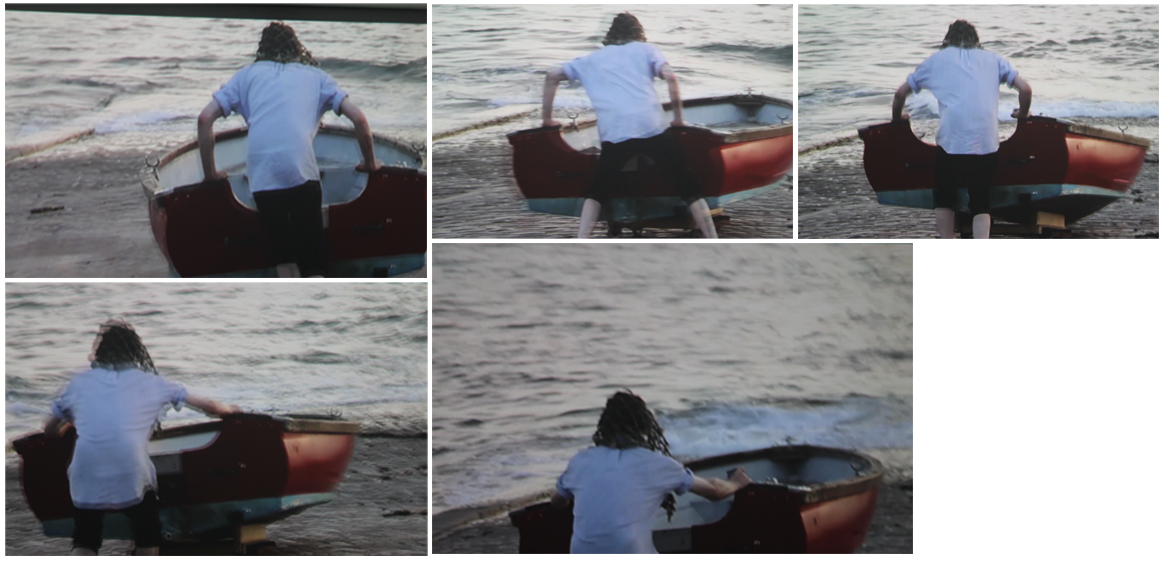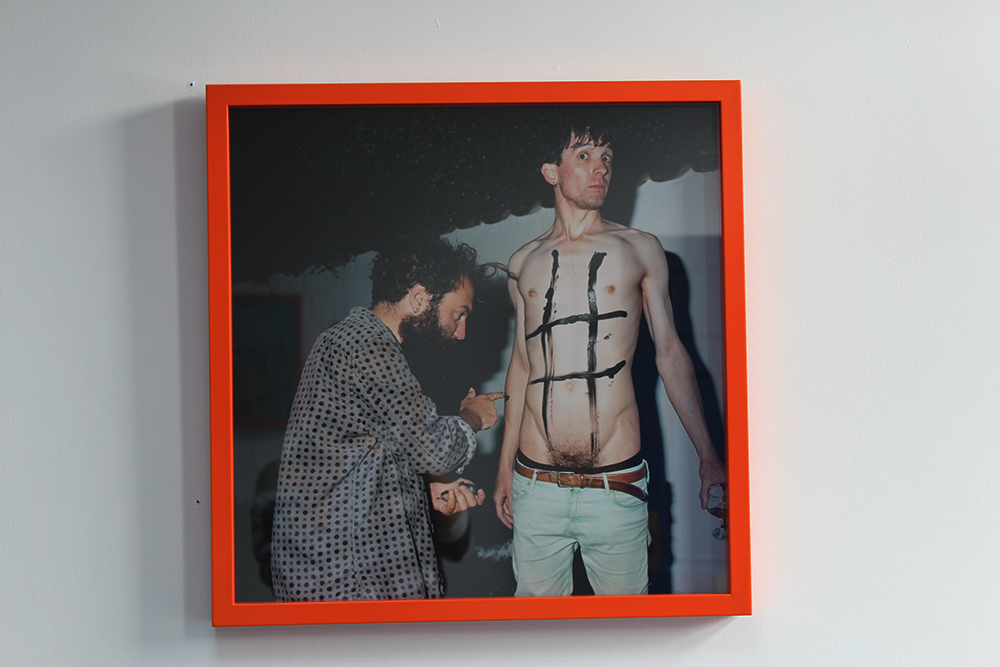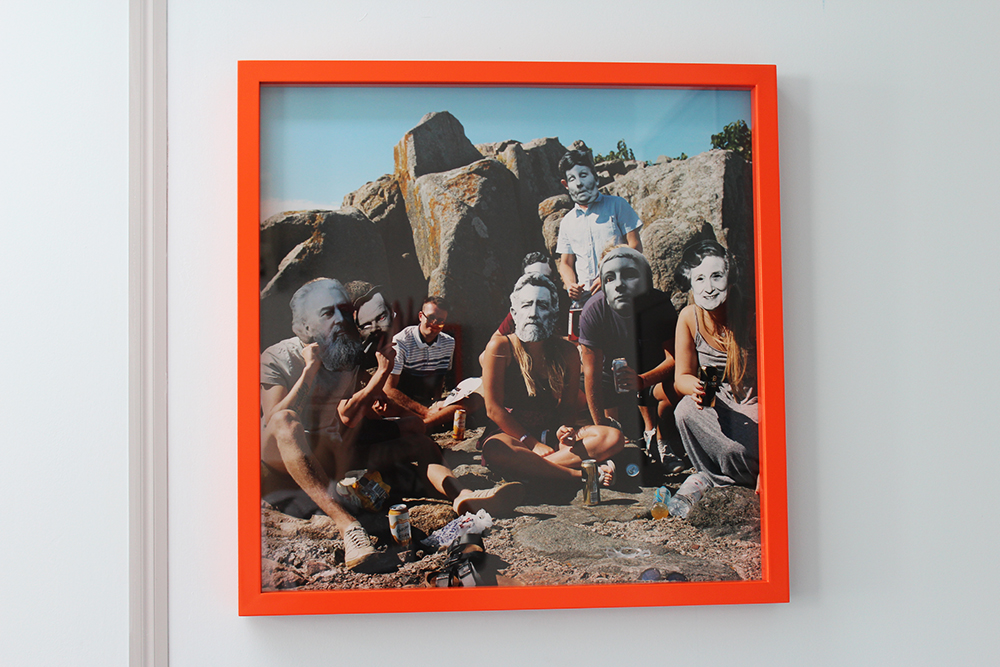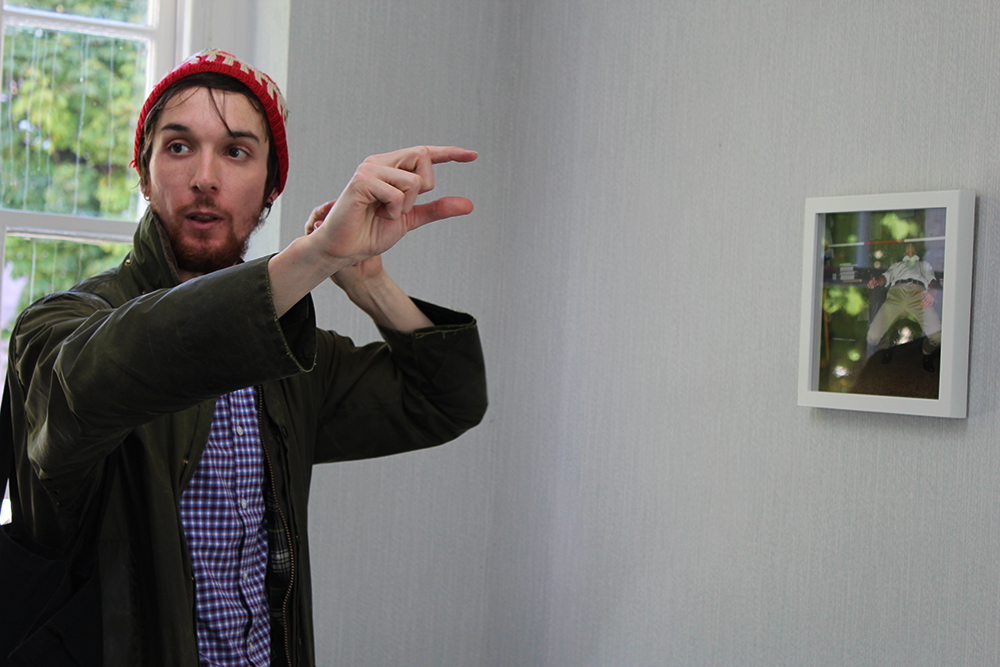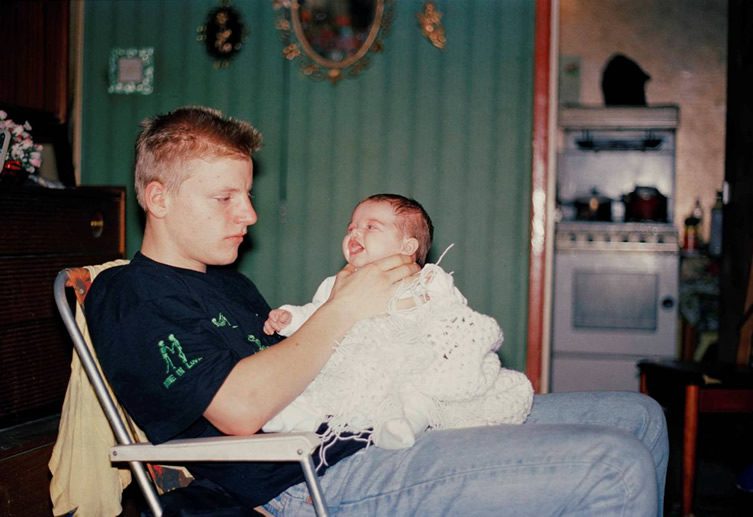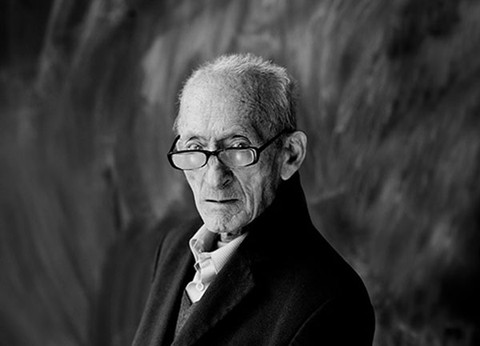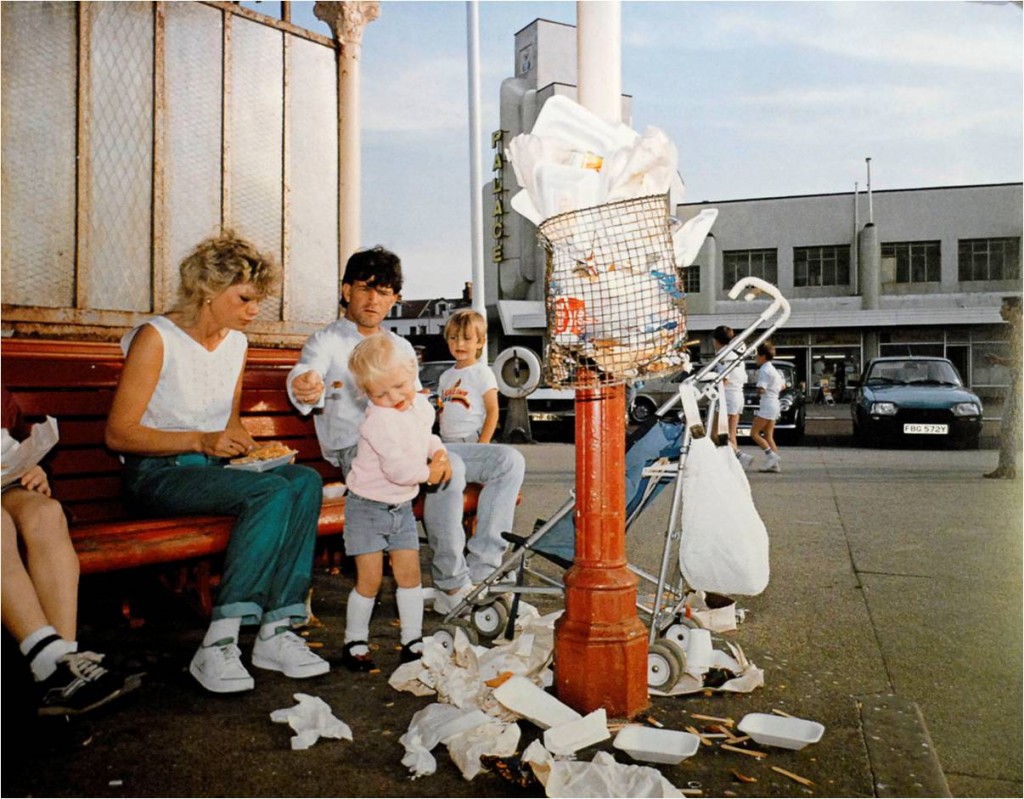I came across the work of Kristen Lewis when looking for family photographers. I looked into some of her work and found it very interesting. Lewis is a photographer from South Eastern Connecticut. Her mother was a photographer and her father a musician. Her work is the normal everyday, action shots. This work allows the spectator into the lives of another family, showing all of the different emotions that the family goes through together. I think that her images are very real and are good documentary photographs. It looks very real and as if she really did follow the family around while they were doing their thing. One particular set of images that stood out for me where her ‘Vacation Sessions’ shoot. This is where a family went on holiday and Lewis simply photographed the ups and the downs that they went through just like any other family.
Kristen Lewis Website: www.kristenlewisphoto.com
Vacation Sessions: http://www.kirstenlewisphoto.com/vacation-sessions/
Lewis has a variety of different documentary shoots, with one being titled Vacation Sessions. Here she follows round families and just captures moments in their everyday lives. I think that these are interesting photos for the family to look back on as well as for the spectator to see into the lives of another famiy. It also shows the ups and downs of traveling with children and a lot of the shots seem very real and captured in the moment. Some of the shots I think Lewis has readjusted and asked for subjects to collaborate with her so that she can make a great photograph. I think that this shows off documentary photography well as this is what it is all about and I like the idea of showing normal families lives and what the kids and the parents go through on a daily basis.
I like Lewis’ work as it is very simplistic in that it is just documenting the vacations of different families, showing the ups and the downs. I think that the images with the children are strong as they show thier raw emotions and the spectator is able to tell straight away the mood and atmosphere within the shot. There are a lot of water based shots, the reason being because each family is on vacation and that is usually what families do, parents relax round the pool while the kids run around and play in the pool. I think it is interesting to document as most spectators are able to relate to this either in rememberance of when they were young and loved to run around making imaginary worlds and making friends or even relate to the adults just having a moment to themselves to sit back and relax while sunbathing and reading.
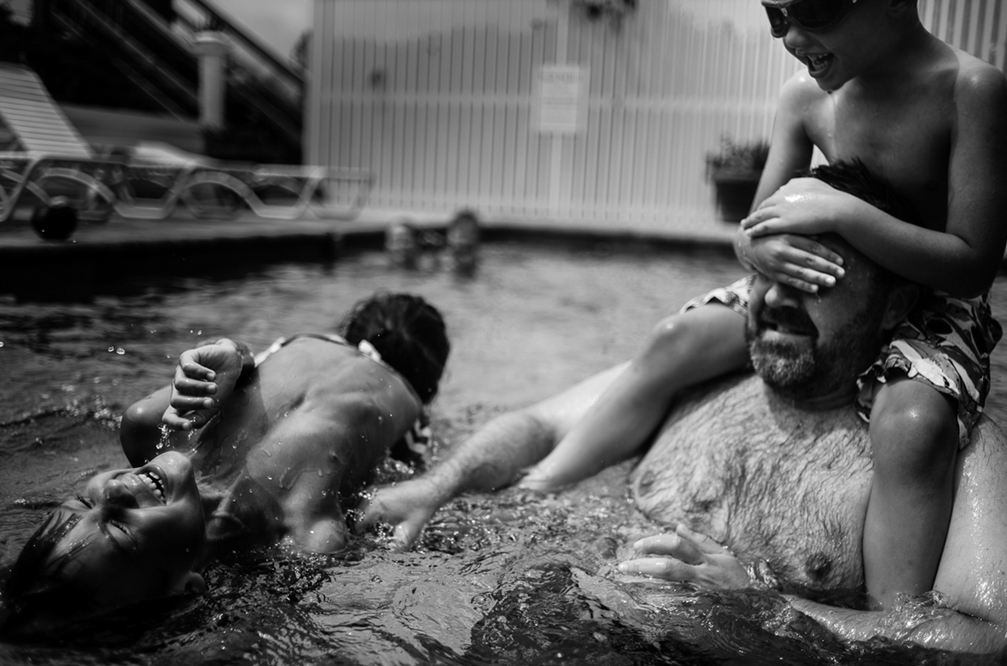
I chose to analyse this image as I think that there is a lot going on in it. The father has been blinded by his son sitting on his shoulders as the father reached out to hold his other son. The emotion in their faces, from left to right, are full of joy and laughter, to slight concern and confusion. I like this image because of the range of emotions within it as well as it simply being a captured moment of a family on vacation. I feel like we’ve all experienced a moment similar to the one captured in this image, either being dragged through the water by an older siblings or blinded/being blinded by another family member. This image is very positive and happy making the spectator happy too.

